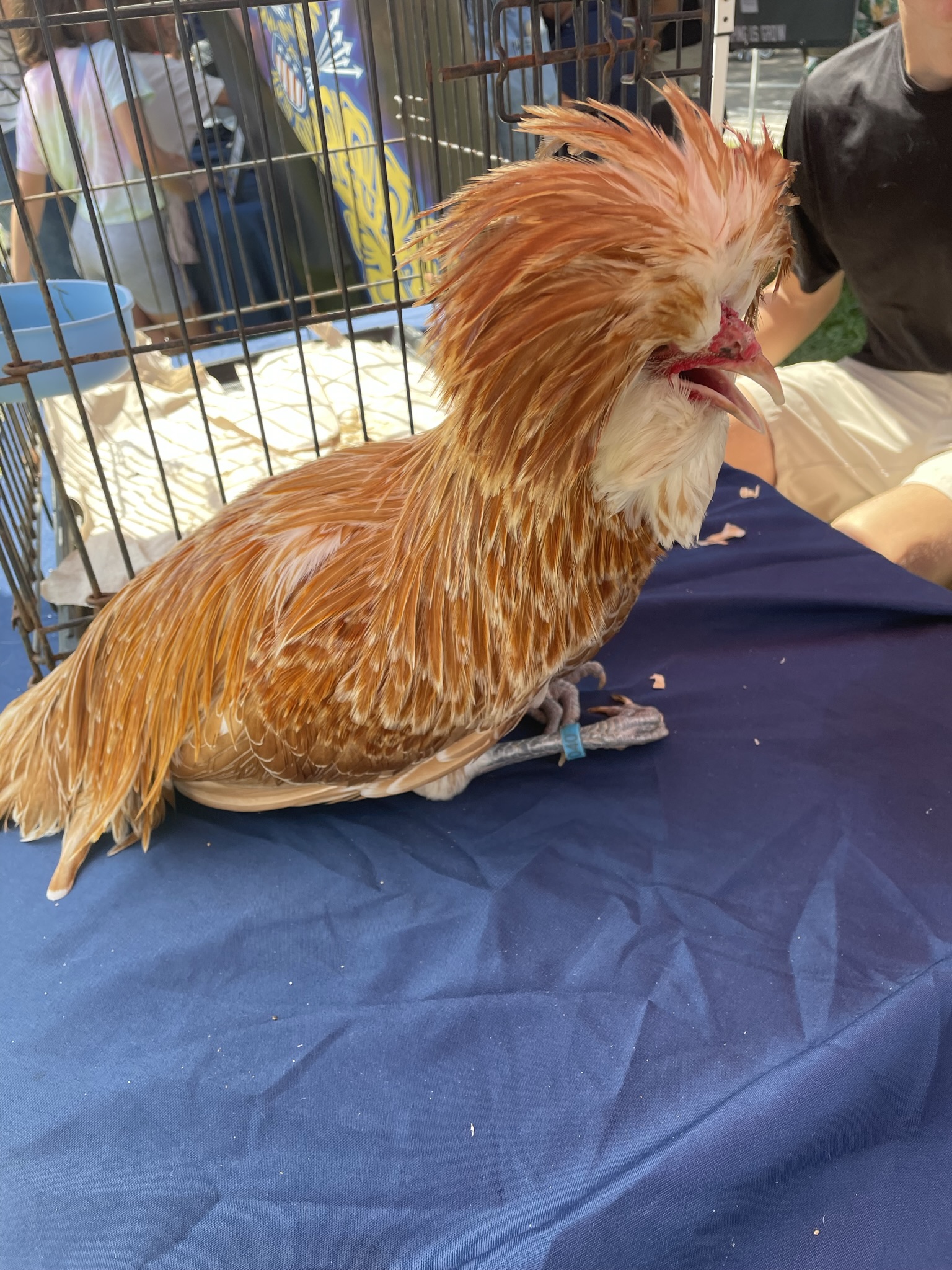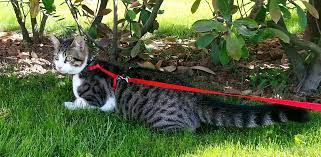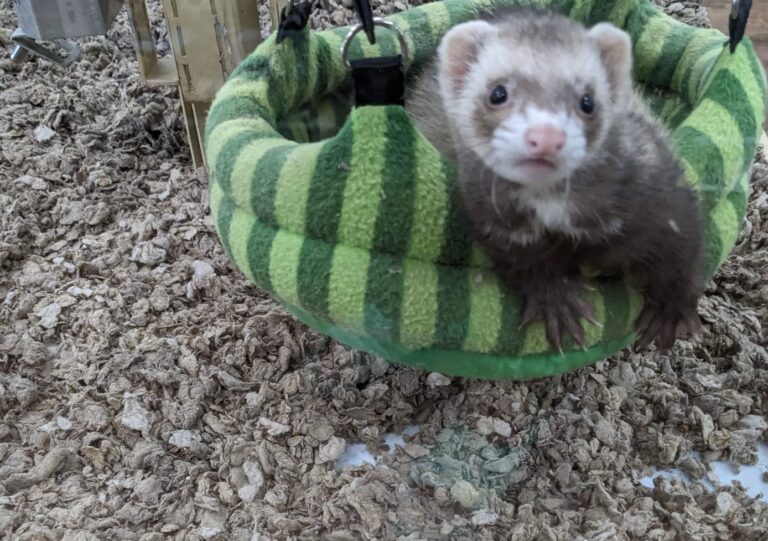The Enigmatic Padovana Chicken: An Unconventional Pet with Unique Egg Qualities
The Padovana chicken, an intriguing and captivating poultry breed, is hailed as one of the most peculiar among avian enthusiasts. Originating from the historic city of Padua in northern Italy, this breed has a storied past that dates back several centuries. Its distinctiveness is immediately apparent, characterized by a tufted crest and feathered legs, setting it apart in the realm of domestic fowl. These striking features have earned the Padovana a dedicated following, with admirers drawn to its unique appearance and endearing demeanor.
This article endeavors to delve deeper into the Padovana’s multifaceted appeal, examining its potential as a cherished pet, its egg-laying prowess, and the notable nutritional attributes of its eggs.
Padovana chicken – captivating poultry breed
Beyond its aesthetic allure, the Padovana boasts a rich history that traces its origins to the 16th century. Hailing from the renowned Italian city of Padua, this breed has evolved over the centuries, becoming a symbol of local heritage and avian diversity. Recognized for its striking presence, the Padovana has gained popularity not only for its ornamental value but also for its endearing temperament, making it a delightful addition to households seeking a unique and personable companion.
While acquiring a Padovana may require a modest investment, its distinctive attributes and rich lineage justify the cost for enthusiasts seeking a breed with such a storied history. For those intrigued by this exceptional breed, reputable breeders and specialized poultry associations offer avenues for acquisition. Furthermore, the Padovana’s adaptability to various climates and environments makes it a viable option for poultry enthusiasts around the world.

What truly sets the Padovana apart, however, is its egg-laying capabilities and the unique characteristics of its eggs. Although not the most prolific layer, a healthy Padovana hen contributes an average of 150 to 180 medium-sized eggs annually. These eggs exhibit a slightly elongated shape and a creamy, off-white hue. The most distinguishing feature, however, is the shell texture, which displays a subtle yet discernible pitting akin to fine sandpaper. This unique attribute, while purely aesthetic, adds an intriguing dimension to the Padovana egg experience. In terms of nutritional value, Padovana eggs stand on par with other heritage and non-commercial breeds. They serve as an excellent source of high-quality protein, essential vitamins, and minerals, contributing to a balanced and wholesome diet. Additionally, owing to their more natural, pasture-based diet, Padovana eggs may contain elevated levels of omega-3 fatty acids and specific antioxidants compared to conventionally raised poultry, offering health-conscious consumers an added incentive.
Embracing the Padovana chicken as a cherished pet involves thoughtful consideration and a commitment to providing a suitable habitat. Despite its unconventional appearance, this breed can flourish in a variety of settings, from spacious backyards to compact urban farms. To ensure their well-being and contentment, it is imperative to establish an environment that caters to their unique needs.
Creating the Habitat for your Padovana Chicken
Begin by designating a spacious area that allows room for exploration. Ensure the enclosure is well-fenced to protect the Padovana from potential predators, prioritizing their safety and security. Enrich the environment with natural vegetation, perches, and designated dust-bathing spots, providing stimulation and engagement. Additionally, guarantee their comfort year-round by offering a robust coop with proper ventilation, offering shelter from harsh weather conditions. Avoid confining a Padovana chicken to a cage for prolonged periods, as it hinders their well-being. These birds, like all chickens, thrive when they have space to move, stretch their wings, scratch the ground, and express their natural behaviors. Instead, opt for a secure and appropriately-sized coop or enclosure where they can roost, nest, and move freely. Ensure there is ample room for exploration and the opportunity to engage in their instinctual behaviors. If you’re concerned about predators or wish to control their access to specific areas, consider implementing a secure chicken run or aviary. This allows for supervised outdoor time while maintaining their safety and protection.
Nutrition and Feeding
Ensuring the dietary needs of Padovana chickens are met is a foundational aspect of their overall well-being. A well-balanced and nutritionally rich diet forms the cornerstone of their health and vitality. To accomplish this, it is recommended to provide them with a high-quality commercial poultry feed that is specifically formulated to meet the nutritional requirements of chickens. This feed serves as the primary source of essential vitamins, minerals, and nutrients crucial for their growth, development, and overall health. Supplementing their diet with fresh fruits and vegetables further enhances their nutritional intake. These natural offerings supply additional vitamins, antioxidants, and dietary fiber, contributing to their overall well-being. Fruits and vegetables like leafy greens, carrots, and apples are excellent choices that not only provide essential nutrients but also serve as enriching treats for Padovana chickens.
Occasional indulgences such as mealworms or kitchen scraps can be included as special treats, provided they are offered in moderation. These treats can be a source of protein and additional nutrients, offering variety and enjoyment for your Padovana flock. However, it’s important to exercise caution and ensure that treats do not constitute a substantial portion of their diet, as they should complement, not replace, their staple poultry feed. Access to clean and fresh water is absolutely imperative for the health and well-being of Padovana chickens. Clean water ensures proper hydration, aids in digestion, and helps regulate body temperature. It is vital that water be made available at all times, and containers should be regularly cleaned and refilled to maintain optimal hygiene. In addition to their regular diet, providing grit is an essential component of a Padovana chicken’s dietary regimen. Grit consists of small, coarse particles such as crushed stones or shells that chickens consume to aid in the mechanical breakdown of food in their gizzard. This aids in the proper digestion of grains, seeds, and other food items that may be harder to process. Offering a suitable source of grit ensures that Padovana chickens can efficiently extract the maximum nutritional benefit from their diet.
Socialization and Bonding
The Padovana’s amiable nature and sociable disposition extend beyond their interactions with humans; they can also thrive in the company of other pets or livestock. Their gentle temperament makes them generally compatible with a variety of animals, provided that introductions are made gradually and under careful supervision. When introducing a Padovana to other pets or livestock, it’s crucial to create a controlled and secure environment. This allows for a gradual acclimation process and minimizes potential stress for all parties involved. Monitor their interactions closely, particularly during the initial stages, to ensure that all animals are behaving in a calm and non-aggressive manner. In multi-species environments, it’s essential to provide ample space, separate feeding areas, and designated resting spots to prevent competition or territorial disputes. Additionally, observe their interactions over time to gauge their compatibility and adjust the living arrangements as needed. While the Padovana’s friendly demeanor generally lends itself well to inter-species interactions, it’s important to remember that individual temperament and the personalities of other animals can vary. Always prioritize the safety and well-being of all animals involved, and be prepared to intervene or separate them if any signs of aggression or discomfort arise.
Exercise and Mental Stimulation
Fostering natural behaviors and mental engagement is crucial for the well-rounded development and contentment of Padovana chickens. By integrating activities that align with their instinctual inclinations, you can provide them with a fulfilling and enriching environment. Encourage foraging behaviors by scattering treats or grains in their habitat, allowing them to engage in a rewarding search for sustenance. This not only taps into their natural inclination to seek out food but also provides mental stimulation and a sense of accomplishment. Supervised free-range exploration is another valuable avenue for them to exercise their curiosity and instincts. Allowing them controlled access to a secure outdoor space enables them to peck, scratch, and explore their surroundings, fostering a sense of fulfillment and well-being.
Introduce appropriate toys or environmental enrichment elements to further engage their minds and bodies. Items like hanging feeders or treat-dispensing puzzles can serve as interactive diversions, stimulating their cognitive abilities and providing entertainment.
With its rich history, distinctive appearance, and unique egg characteristics, Padovana chicken, offers a multifaceted and enriching experience for poultry enthusiasts. Its legacy as a symbol of Padua’s heritage, coupled with its endearing disposition, positions it as a breed of both historical and aesthetic significance. The modest investment required to acquire a Padovana is outweighed by the rewards of owning such a unique and personable companion. Moreover, the nutritional benefits of eggs provide an additional dimension to the breed’s appeal. For those seeking a breed that transcends the conventional, the Padovana stands as a testament to the diverse and captivating world of poultry.






